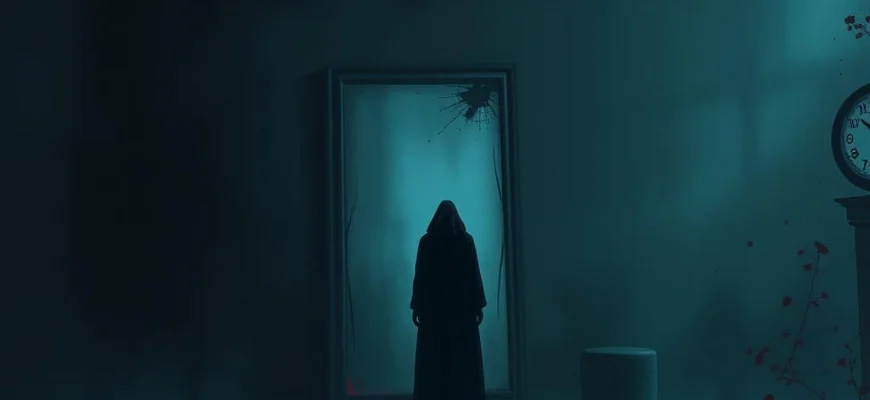If you were captivated by the psychological intensity and unsettling atmosphere of The Driver's Seat (1974), this article is for you. We’ve curated a list of 10 movies and shows that share its themes of existential dread, psychological unraveling, and dark, unpredictable narratives. Whether you're drawn to its eerie tone or its complex protagonist, these recommendations will keep you on the edge of your seat.
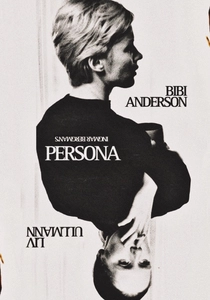
Persona (1966)
Description: A psychological drama exploring identity, duality, and the blurred lines between reality and illusion, featuring intense character studies and surreal visual storytelling.
Fact: The film was initially banned in the Soviet Union due to its perceived 'decadent' themes. It features one of the most analyzed close-ups in cinema history.
 Watch Now
Watch Now 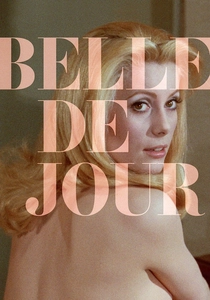
Belle de Jour (1967)
Description: A provocative exploration of female sexuality, repression, and fantasy, blending dreamlike sequences with stark realism to depict the protagonist's inner turmoil.
Fact: Catherine Deneuve's performance was initially controversial but later became iconic. The film's title refers to a daytime prostitute, a term derived from French slang.
 Watch Now
Watch Now 
The Bitter Tears of Petra von Kant (1972)
Description: A claustrophobic drama centered on power dynamics, obsession, and emotional manipulation, unfolding almost entirely within a single setting with intense dialogue and theatrical staging.
Fact: The film was shot in just two weeks. All male characters are either absent or only heard off-screen, focusing entirely on the female relationships.
 Watch Now
Watch Now 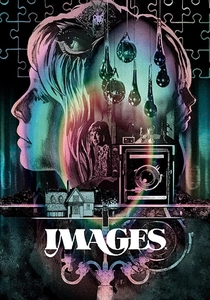
Images (1972)
Description: A psychological thriller that blurs the boundaries between reality and hallucination, focusing on a woman's unraveling mental state through fragmented storytelling and surreal imagery.
Fact: The film features an innovative use of sound design, where the protagonist's hallucinations are often signaled by subtle audio cues. It won the Best Actress award at Cannes for Susannah York.
 Watch Now
Watch Now 
Cries and Whispers (1972)
Description: A harrowing portrayal of familial tension, repressed emotions, and existential dread, using stark visuals and a haunting color palette to emphasize psychological pain.
Fact: The film's dominant color is red, symbolizing both blood and emotional intensity. It was Ingmar Bergman's first color film in over a decade.
 Watch Now
Watch Now 
The Tenant (1976)
Description: A psychological horror film delving into paranoia, identity crisis, and the disintegration of the self within an oppressive environment, marked by eerie visuals and unsettling atmosphere.
Fact: Roman Polanski stars in the lead role, making it one of the few films where he both directed and played the protagonist. The apartment set was built to create a disorienting effect.
 Watch Now
Watch Now 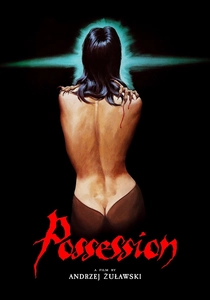
Possession (1981)
Description: A surreal and visceral descent into madness, exploring themes of marital breakdown, identity, and monstrous transformation through extreme performances and disturbing imagery.
Fact: The film was banned in several countries as a 'video nasty.' Isabelle Adjani's subway breakdown scene is considered one of the most intense in cinema history.
 Watch Now
Watch Now 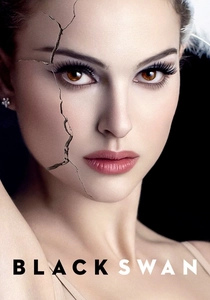
Black Swan (2010)
Description: A psychological thriller about artistic obsession and self-destruction, merging reality with hallucination through visceral cinematography and a frenetic narrative pace.
Fact: Natalie Portman trained in ballet for over a year to prepare for the role. The film's body horror elements were inspired by David Cronenberg's work.
 Watch Now
Watch Now 
The Neon Demon (2016)
Description: A visually stylized horror film dissecting beauty, vanity, and exploitation, using neon-lit aesthetics and grotesque symbolism to critique societal obsessions.
Fact: The film's color palette was inspired by 1980s fashion photography. It premiered at Cannes to both boos and applause, polarizing audiences.
 Watch Now
Watch Now 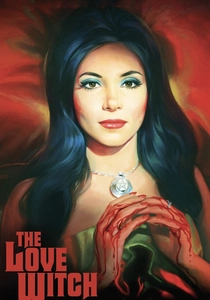
The Love Witch (2016)
Description: A retro-styled feminist horror film examining gender roles, desire, and power through the lens of a witch's seductive and destructive journey, employing vibrant visuals and campy aesthetics.
Fact: The film was shot on 35mm to emulate 1960s Technicolor. Director Anna Biller handmade many of the costumes and props to achieve the period-accurate look.
 Watch Now
Watch Now 
